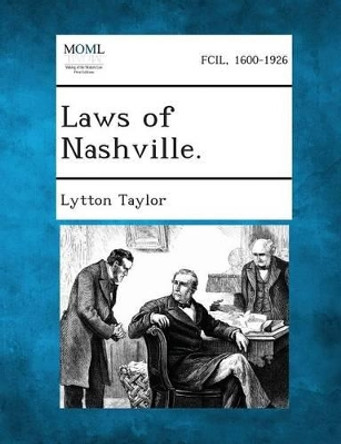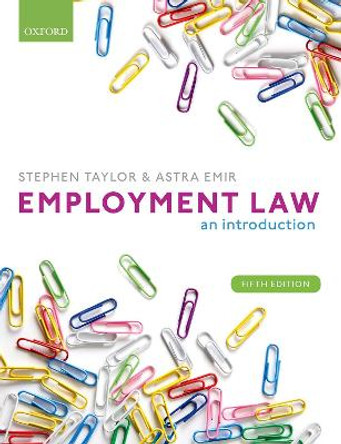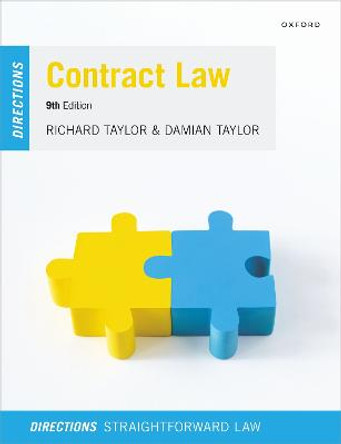Taylor's Power Law: Order and Pattern in Nature is a broad synthesis of this ubiquitous property of natural and man-made phenomena. This stimulating and approachable work surveys the biological and non-biological empirical data, describes the statistical uses of Taylor's power law (TPL) and its relationship to statistical distributions, exposes the mathematical connections to other power laws, covers the competing explanatory models; and develops an argument for TPL's genesis. Taylor's power law relates the variability of a process or population to its average value. It was first described in relation to insect populations and then more broadly to other animal and plant populations. Subsequently it has been recognized in microbiology, genetics, economics, astronomy, physics, and computer science, and it is thought to be one of the few general laws in ecology where it is routinely used to describe the spatial and temporal distributions of populations. Biologists who know the law as Taylor's power law and physical scientists who know it as fluctuation scaling will be interested in the bigger picture on this fascinating subject. As the relationship between variance and mean is found in so wide a range of disciplines, it seems possible it is a deep property of number, not just a phenomenon in ecology as was thought originally. Although theories abound that purport to explain or predict TPL, none is entirely satisfactory either because it fails to be very predictive, or it does not account for all the available empirical data. To uncover such a property requires a synthesis across disciplines, an acute need that is approached by this exciting work.
About the AuthorDr. Taylor is a population ecologist and systems scientist interested in resource conservation and environmentally safe insect pest control, and has worked and published on Taylor's power law for many years. With Dr. Andrew Chapple, he modeled the pesticide dose-transfer process to better understand pesticide delivery, which led to the award of two patents. Other research analyzed and modeled invasive insect populations: Gypsy moth, Japanese beetle, and emerald ash borer. He now leads the EPIC modeling group at Texas A&M, which assesses agriculture's impact on the environment and is being expanded to assess the economic and environmental cost-benefit of insect pest management strategies. Educated in Zoology, Applied Entomology, and Theoretical Ecology, he has published in peer-reviewed literature for nearly four decades and has been an Elected Fellow of the Linnaean Society of London since 1987.
Book InformationISBN 9780128109878
Author R.A.J. TaylorFormat Paperback
Page Count 657
Imprint Academic Press IncPublisher Elsevier Science Publishing Co Inc
Weight(grams) 1130g










